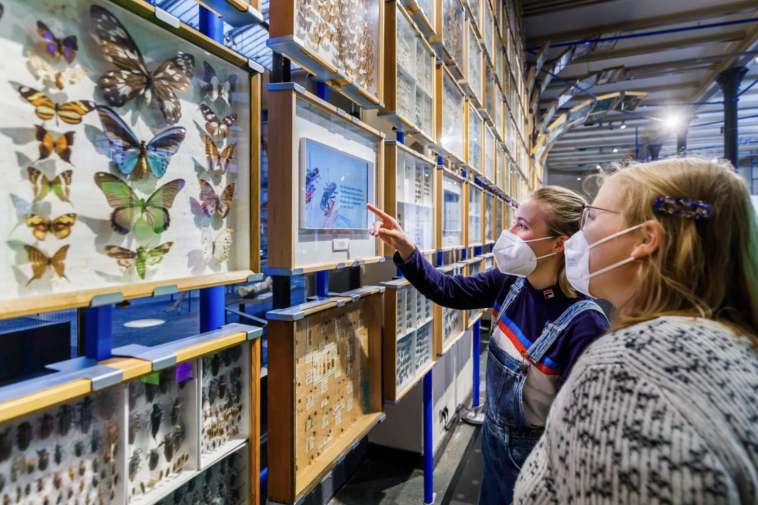As technology becomes a bigger part of our lives, galleries and museums are using photo digitization more and more to save, improve, and share their collections. This method not only protects fragile items but also makes it easier for people to access, study, and enjoy them.
Digitizing photos ensures that valuable artworks and historical documents are preserved for future generations. It also allows museums to create digital archives that can be viewed online, making these treasures accessible to people all around the world. By embracing photo digitization, galleries and museums can engage with a wider audience and offer new ways to experience and learn about art and history.
The Role of Photo Digitization in Cultural Preservation
Photo digitization plays a critical role in the preservation of cultural heritage. By digitizing photos, museums and galleries can protect aging and delicate artworks and historical documents from further deterioration. This digital preservation ensures that invaluable pieces of history are not lost to time, allowing future generations to access and appreciate these cultural treasures.
Enhancing Accessibility and Engagement through Digitization
Digitizing museum and gallery collections significantly enhances their accessibility. Digital archives allow people from around the world to view and study artworks and historical documents online, breaking down geographical barriers. Additionally, interactive digital exhibits and virtual tours can engage audiences in new and exciting ways, making art and history more accessible to a broader audience.
Digitization for Research and Educational Outreach
Digitized collections are invaluable for research and educational outreach. Scholars and researchers can easily access high-resolution images of artworks and documents, facilitating detailed study and analysis. Educational institutions can also leverage these digital resources to enrich their curricula, offering students a closer look at historical artifacts and artworks.
Reviving Historical Media: Converting Slides to Digital
One of the significant aspects of photo digitization is converting slides to digital formats. This process involves scanning old photographic slides using specialized equipment, converting them into high-resolution digital images. The benefits of this conversion are manifold: it enhances image clarity, allows for digital restoration of faded colors and details, and preserves the content of these slides for posterity. By converting slides to digital, galleries and museums can breathe new life into historical media, ensuring that these images are preserved and accessible in the digital age.
Operational Efficiencies and Cost-Effectiveness
Photo digitization also offers operational efficiencies and cost-effectiveness for galleries and museums. Digital archives require less physical storage space and can be managed more efficiently than traditional collections. Moreover, digital copies can be easily reproduced and shared, reducing the need for costly and time-consuming handling of fragile originals.
Challenges and Considerations
Despite the many benefits, photo digitization comes with its own set of challenges and considerations. Ensuring the accuracy and quality of digital reproductions requires specialized equipment and expertise. Additionally, the long-term preservation of digital files necessitates ongoing maintenance and updates to prevent data loss due to technological obsolescence.
Conclusion
Galleries and museums are harnessing the power of photo digitization to preserve and share their collections in innovative ways. By converting slides to digital formats and digitizing photos, these institutions can protect their cultural heritage, enhance accessibility and engagement, support research and educational outreach, and improve operational efficiencies. While challenges remain, the benefits of digitization are undeniable, offering a promising future for the preservation and appreciation of art and history.




